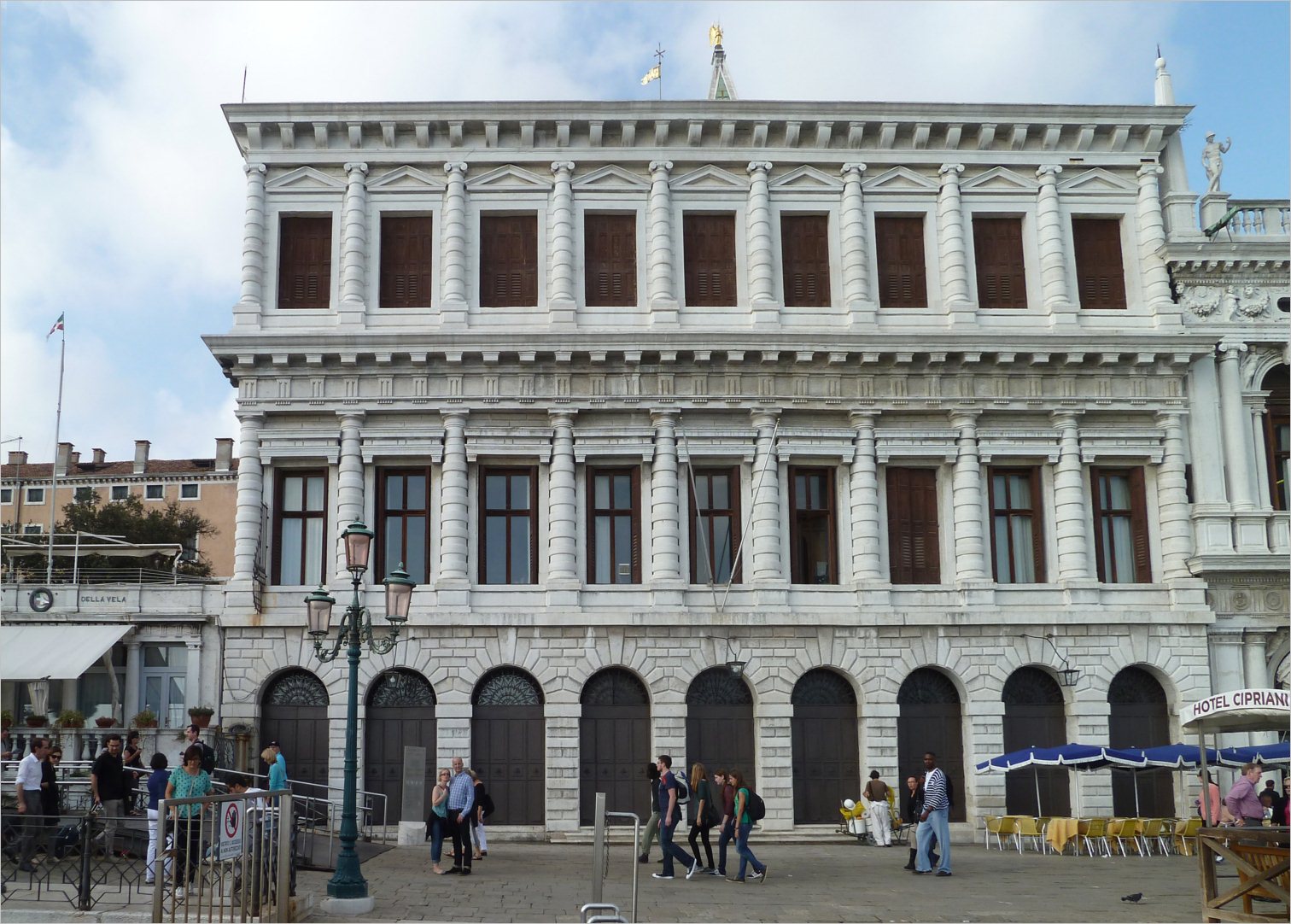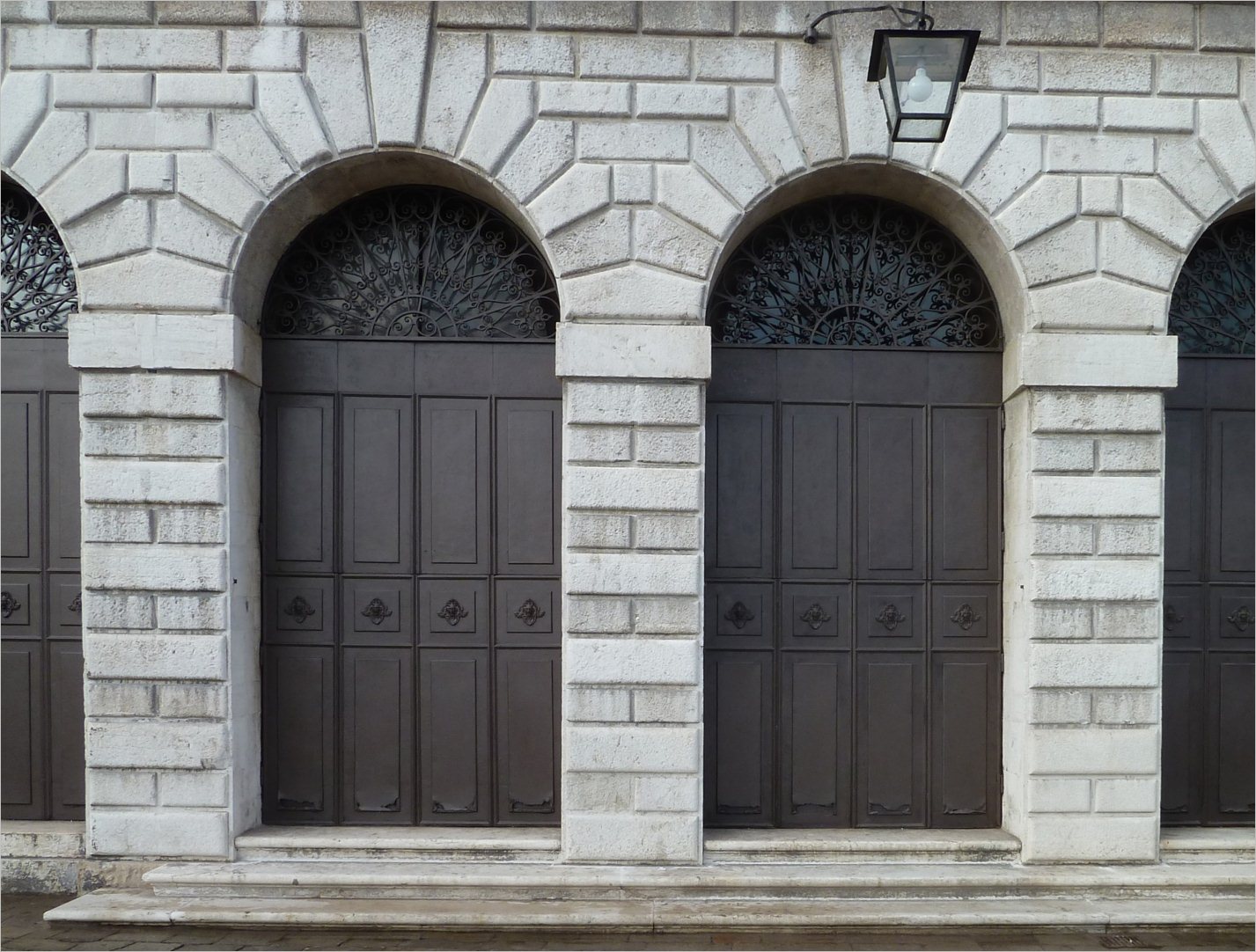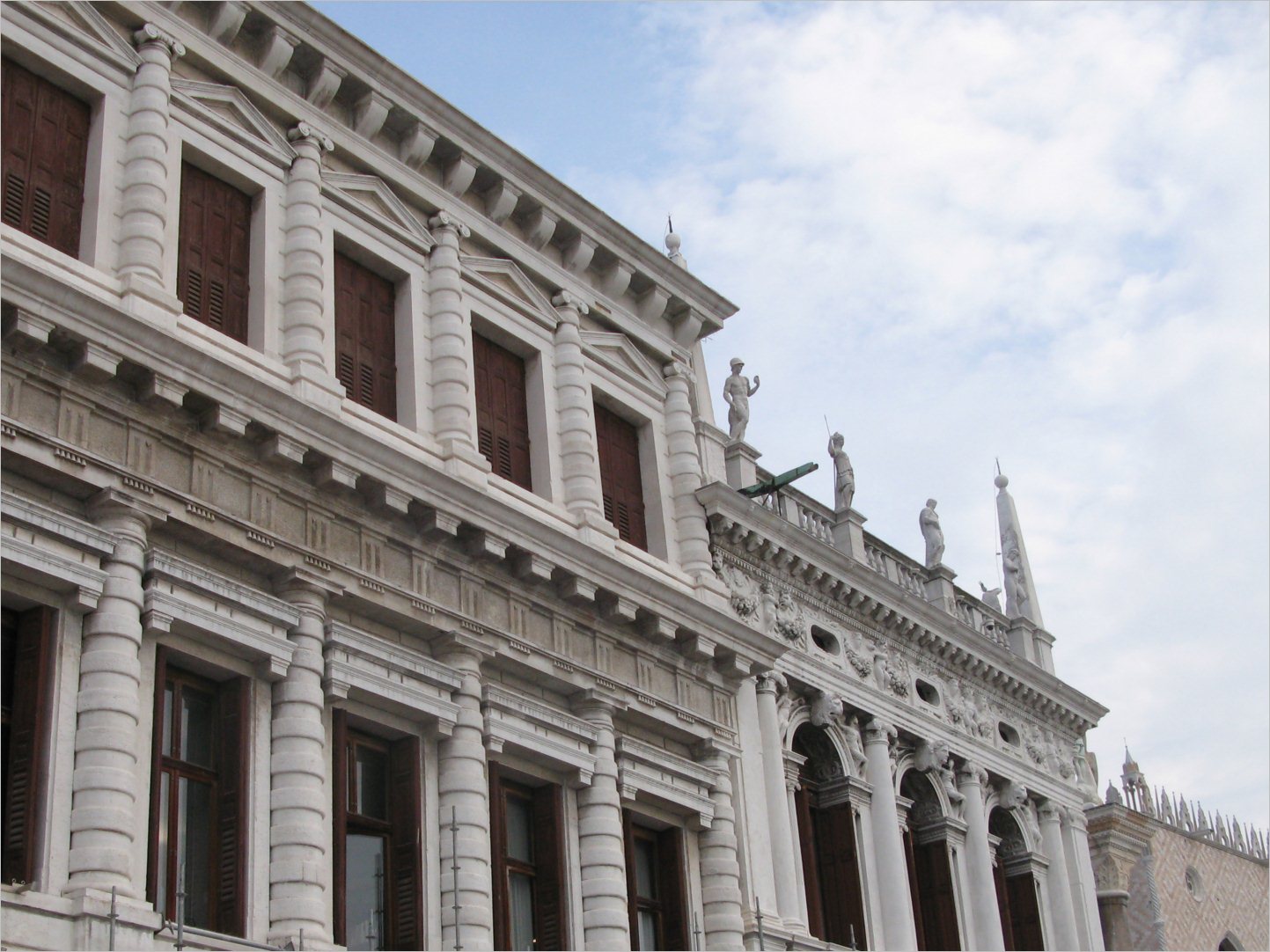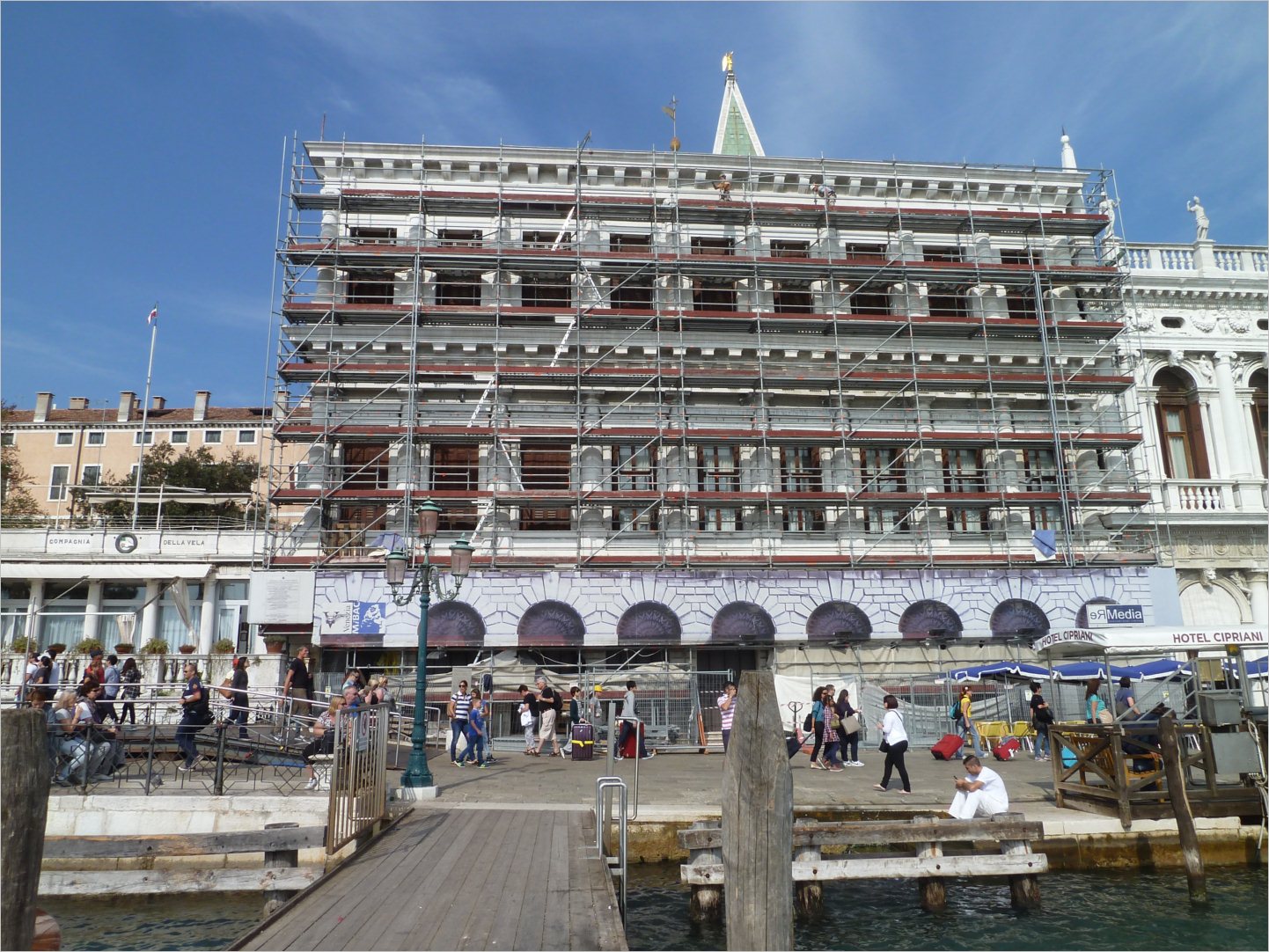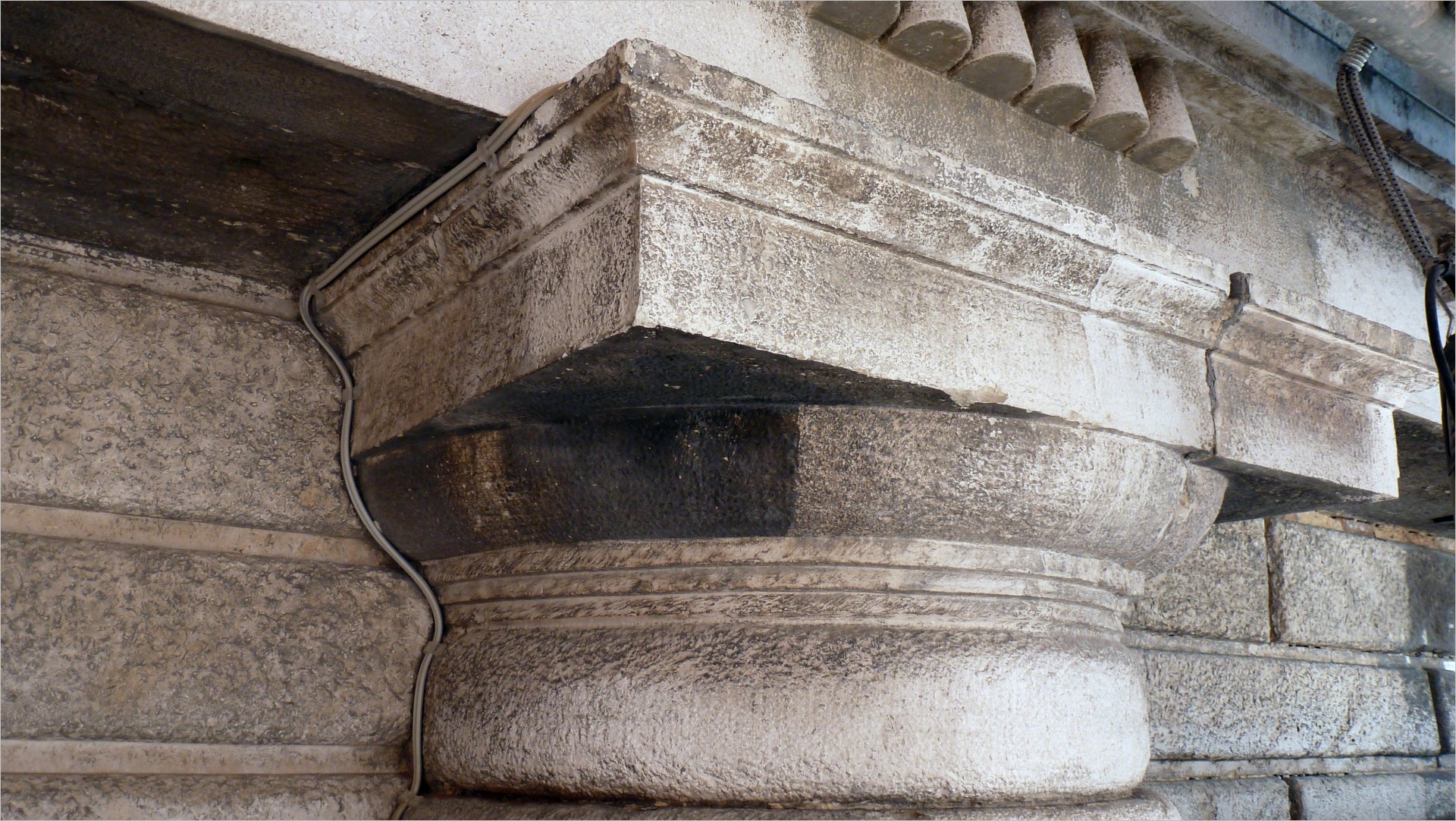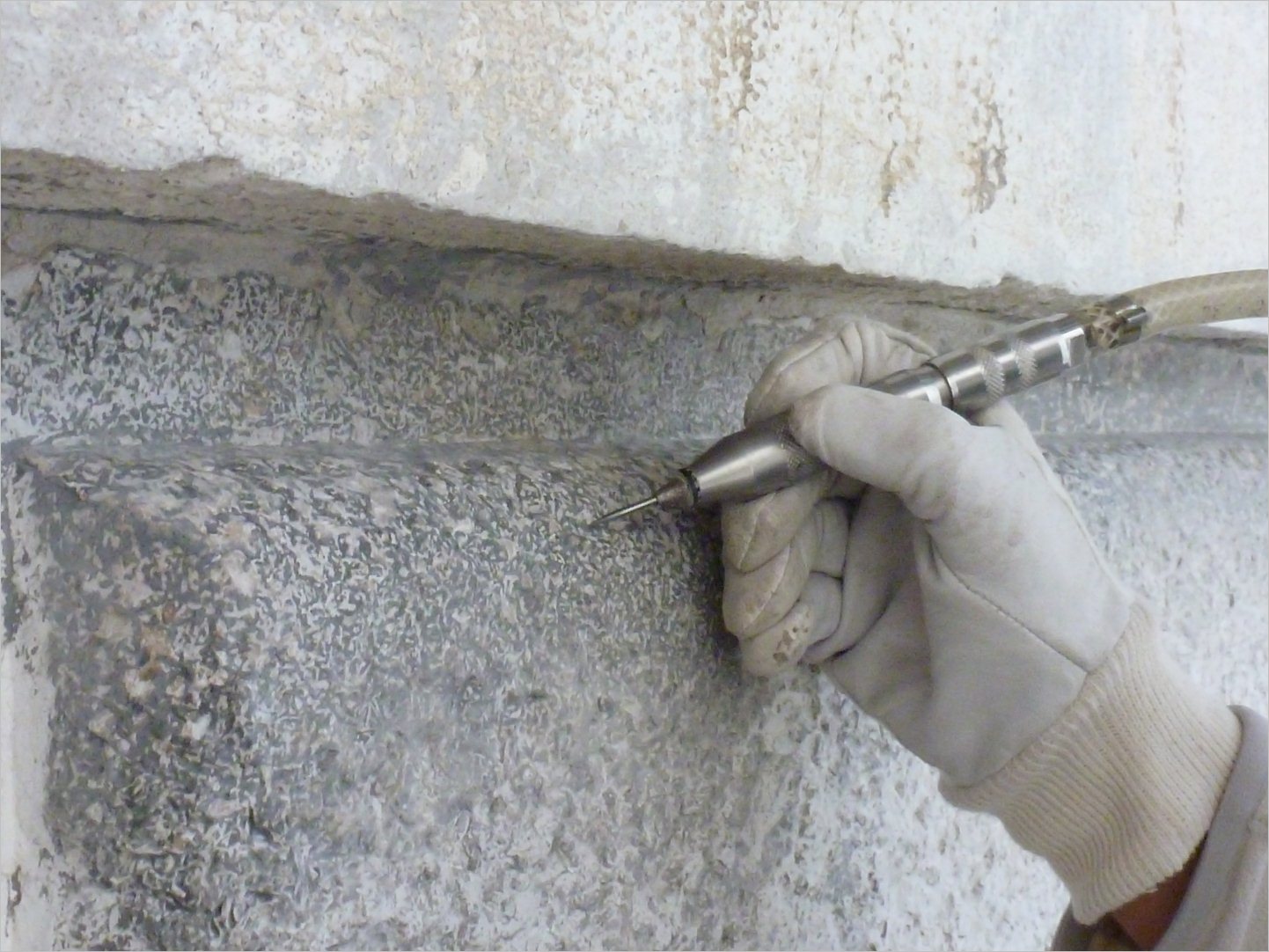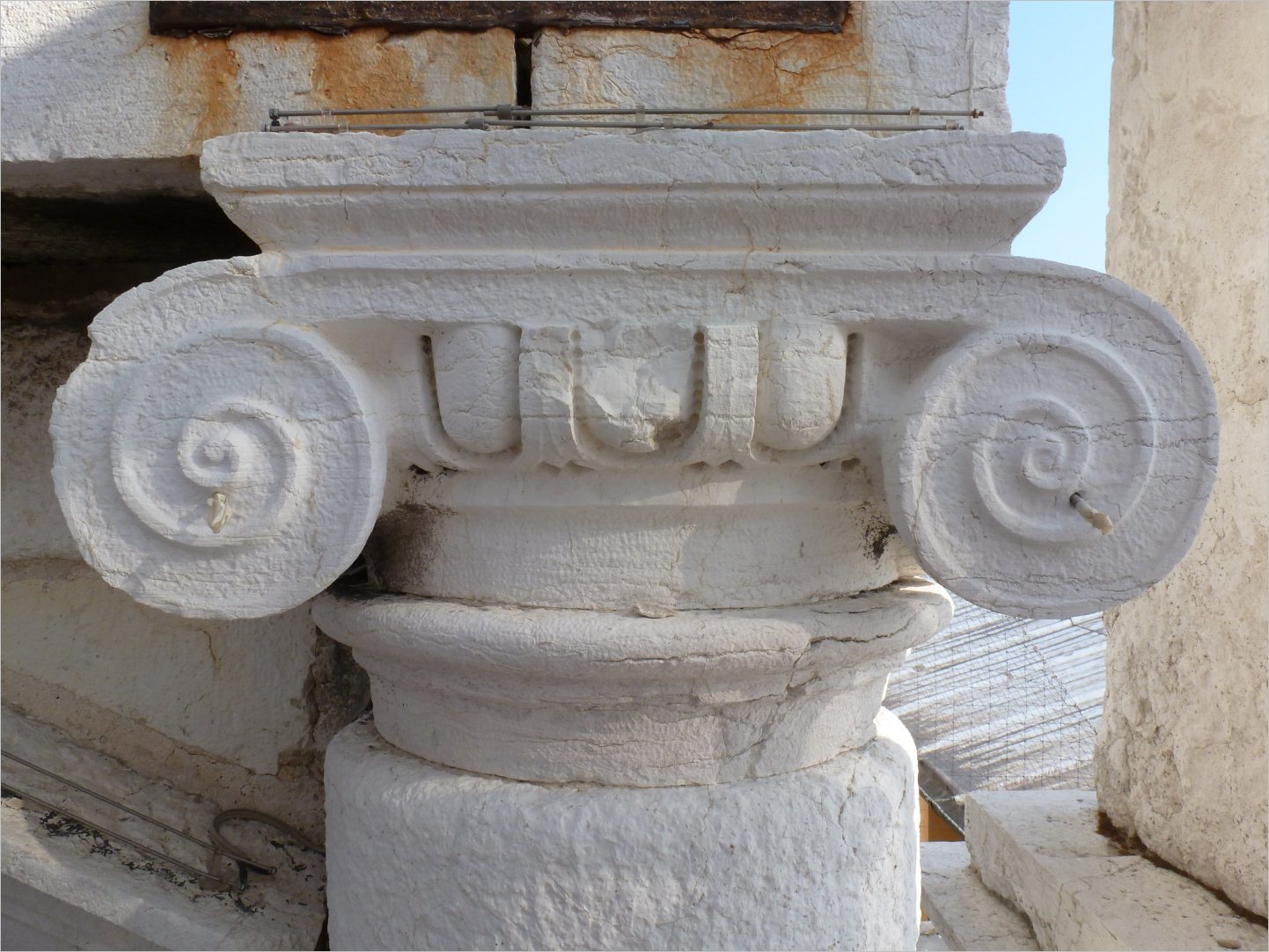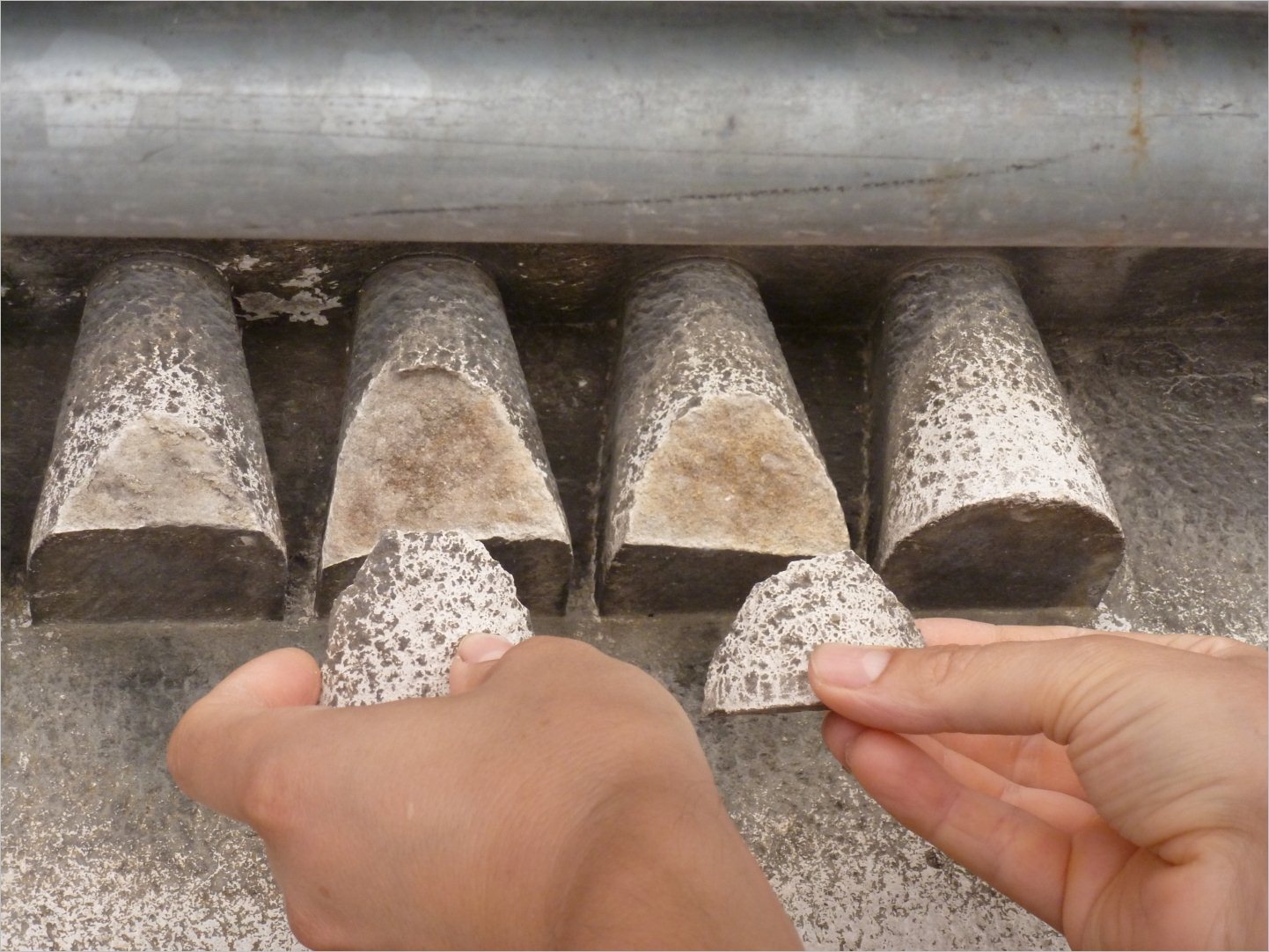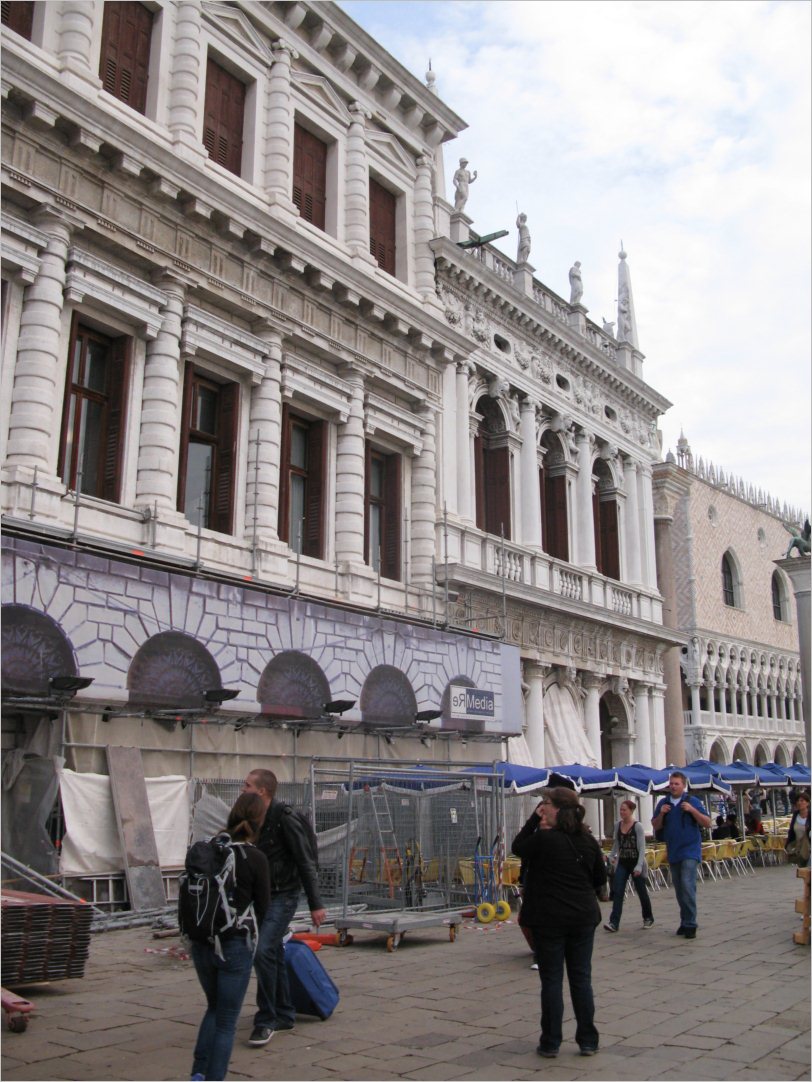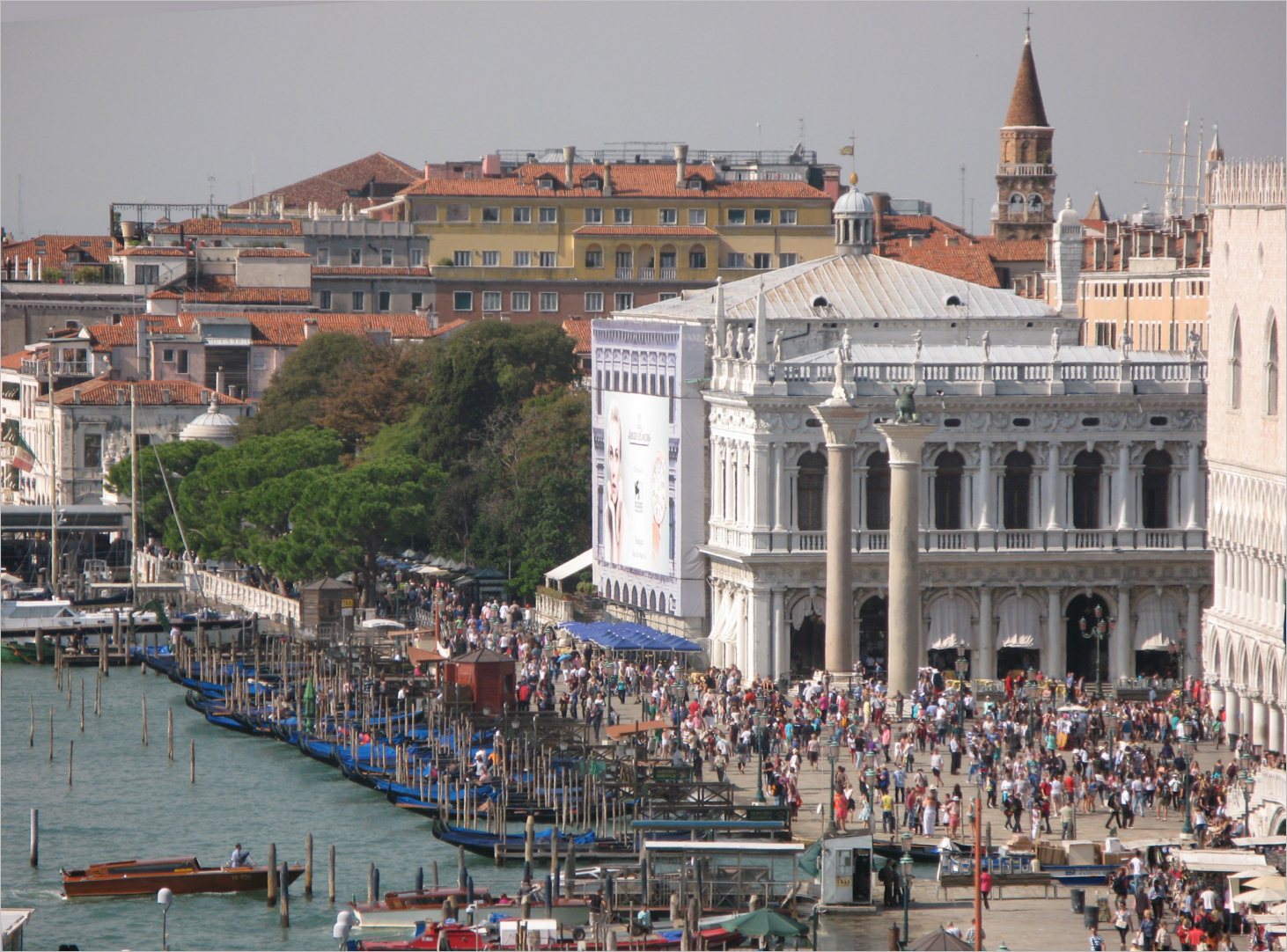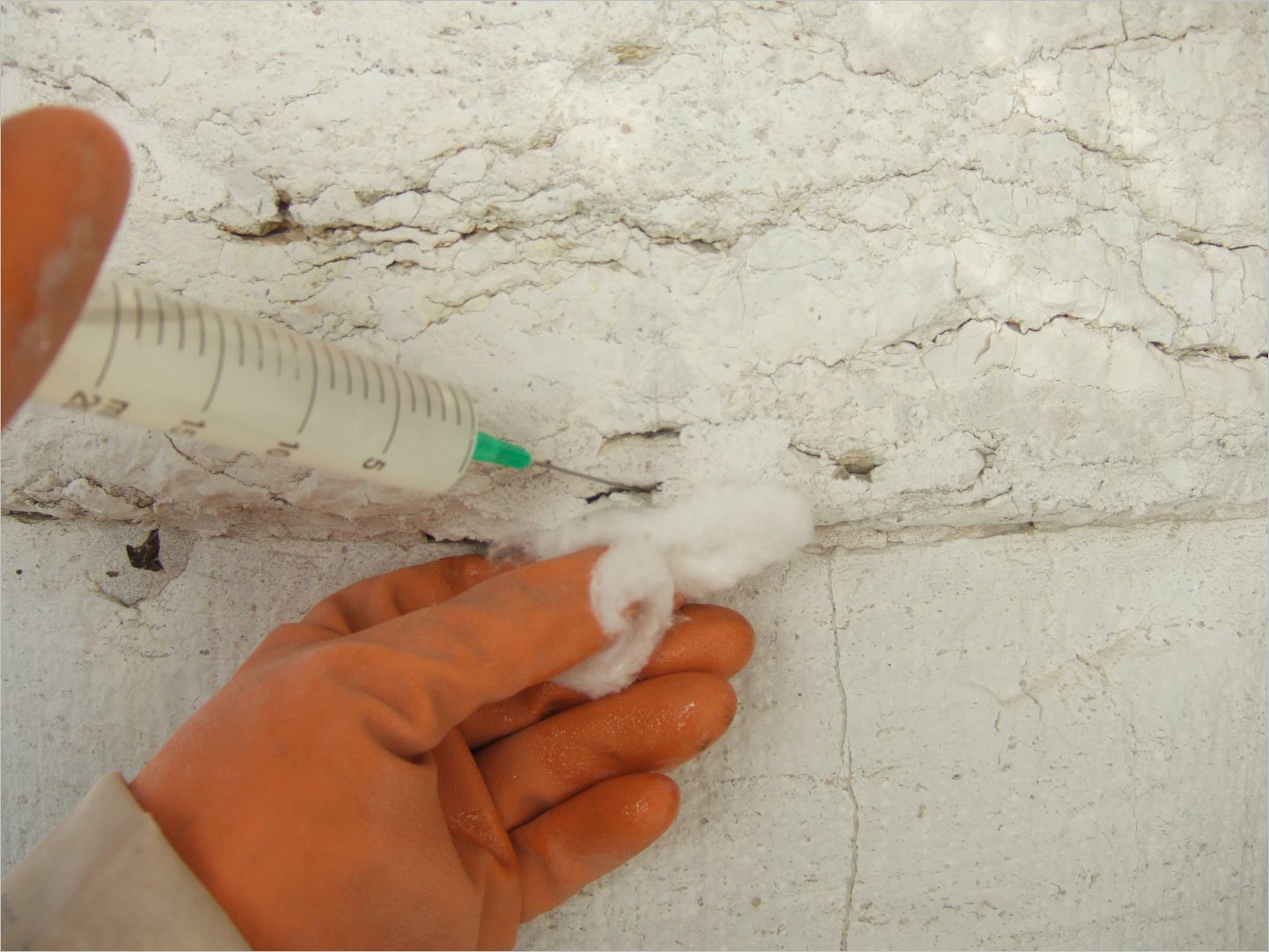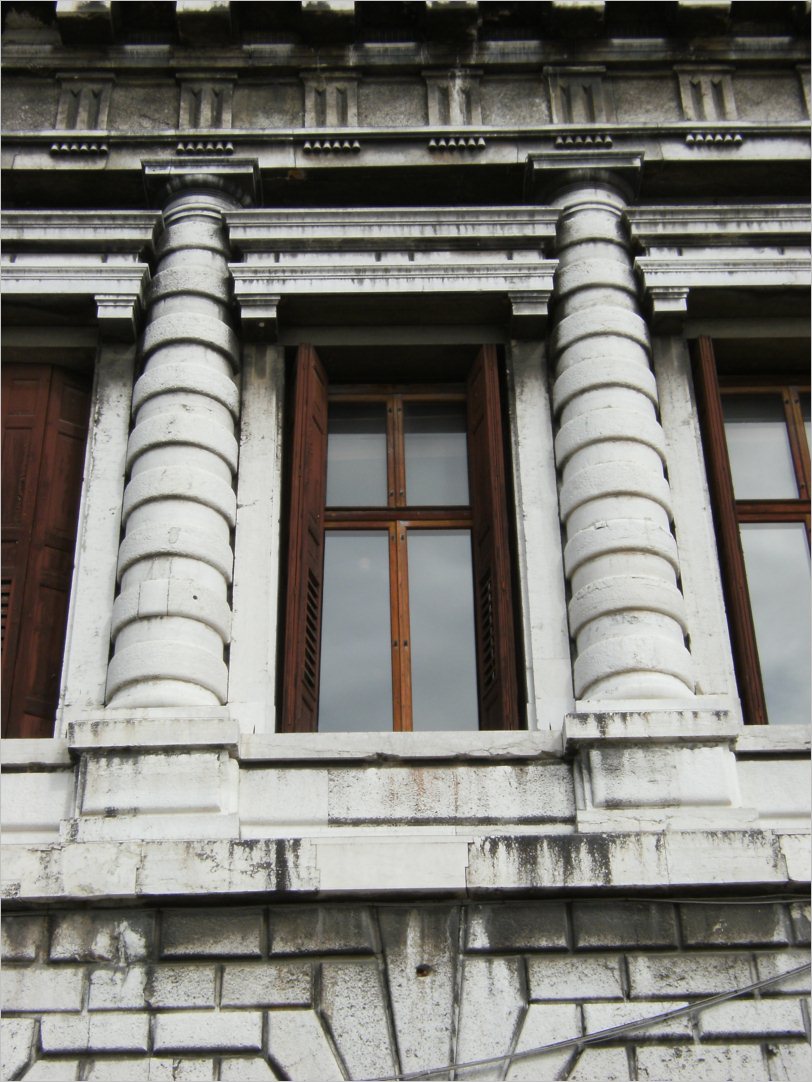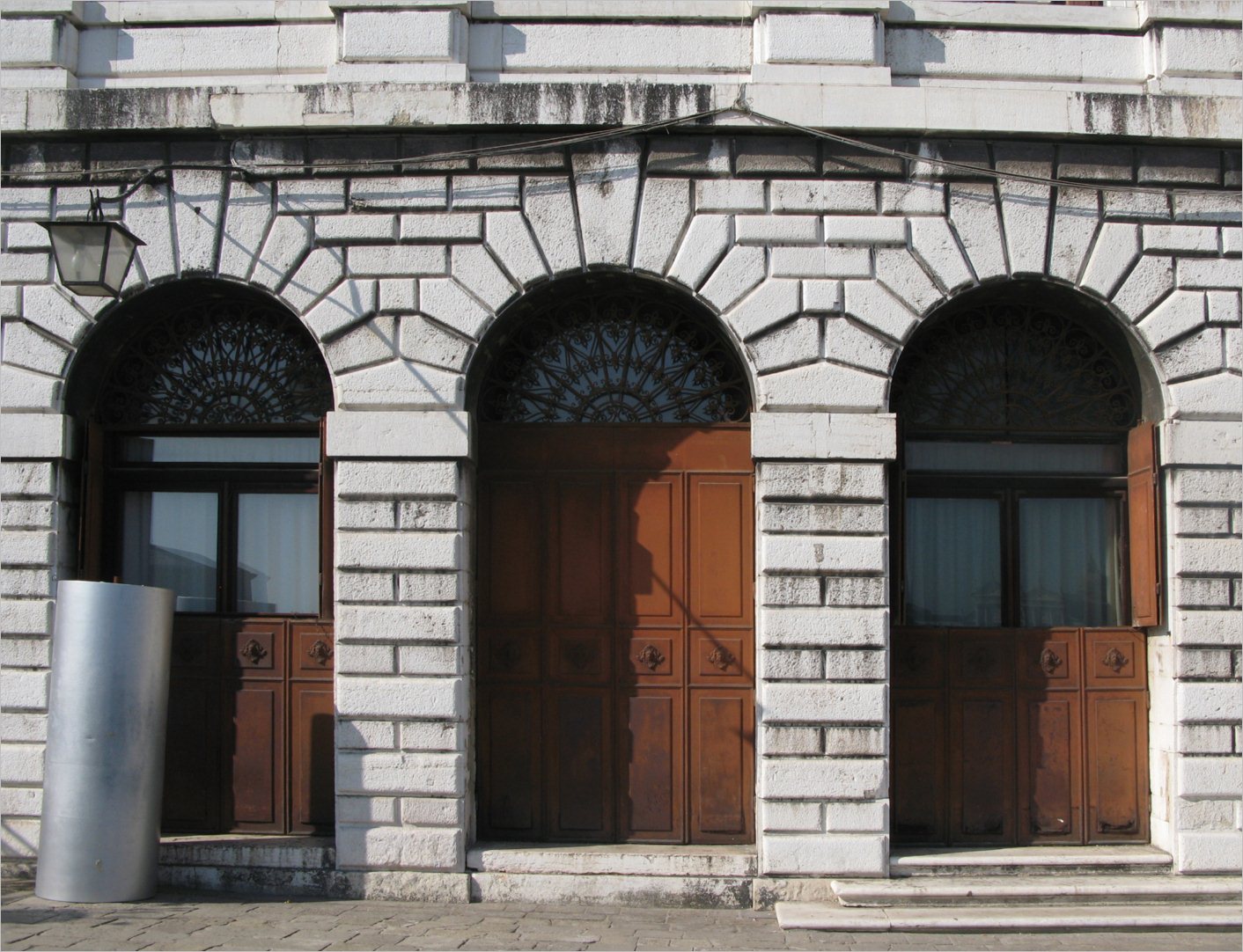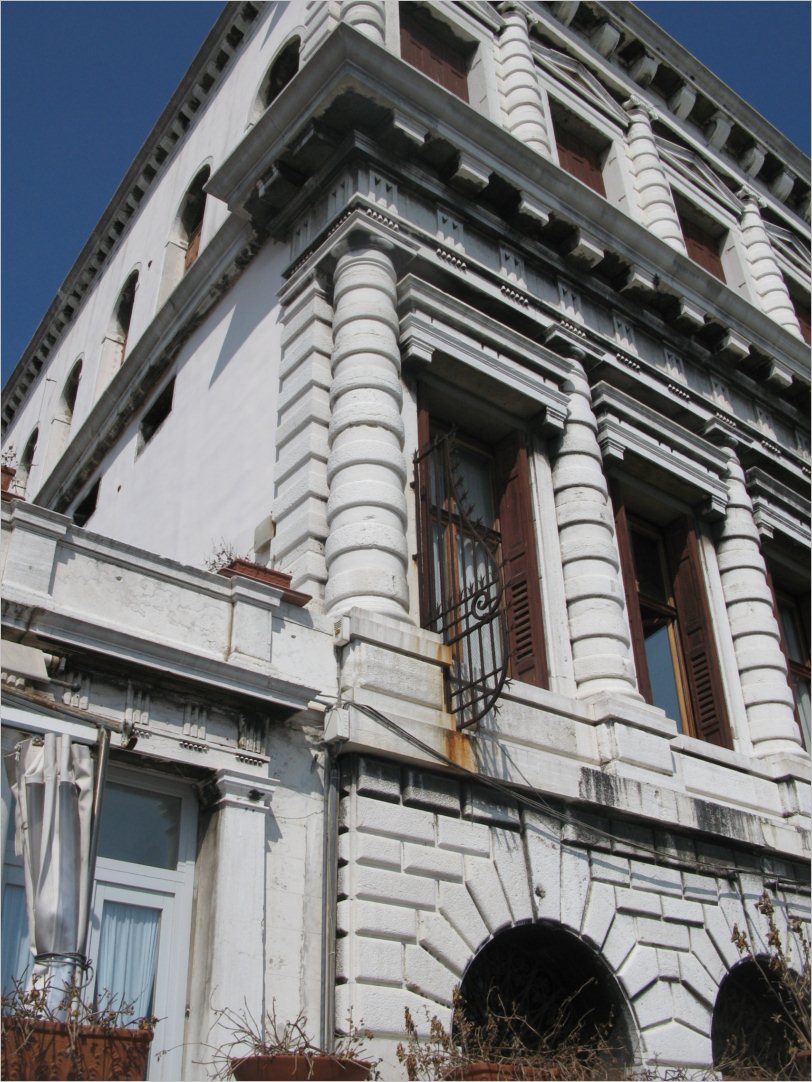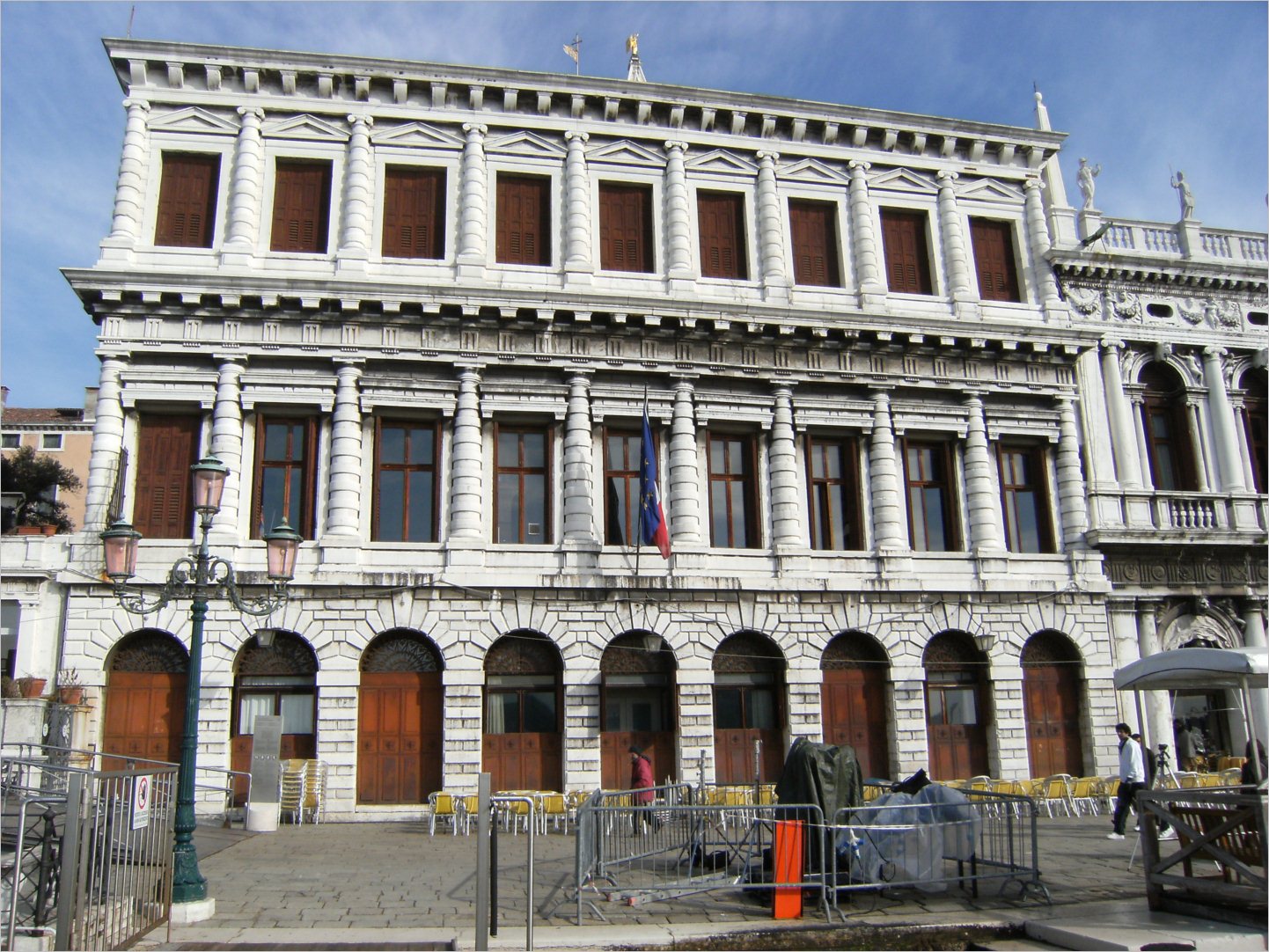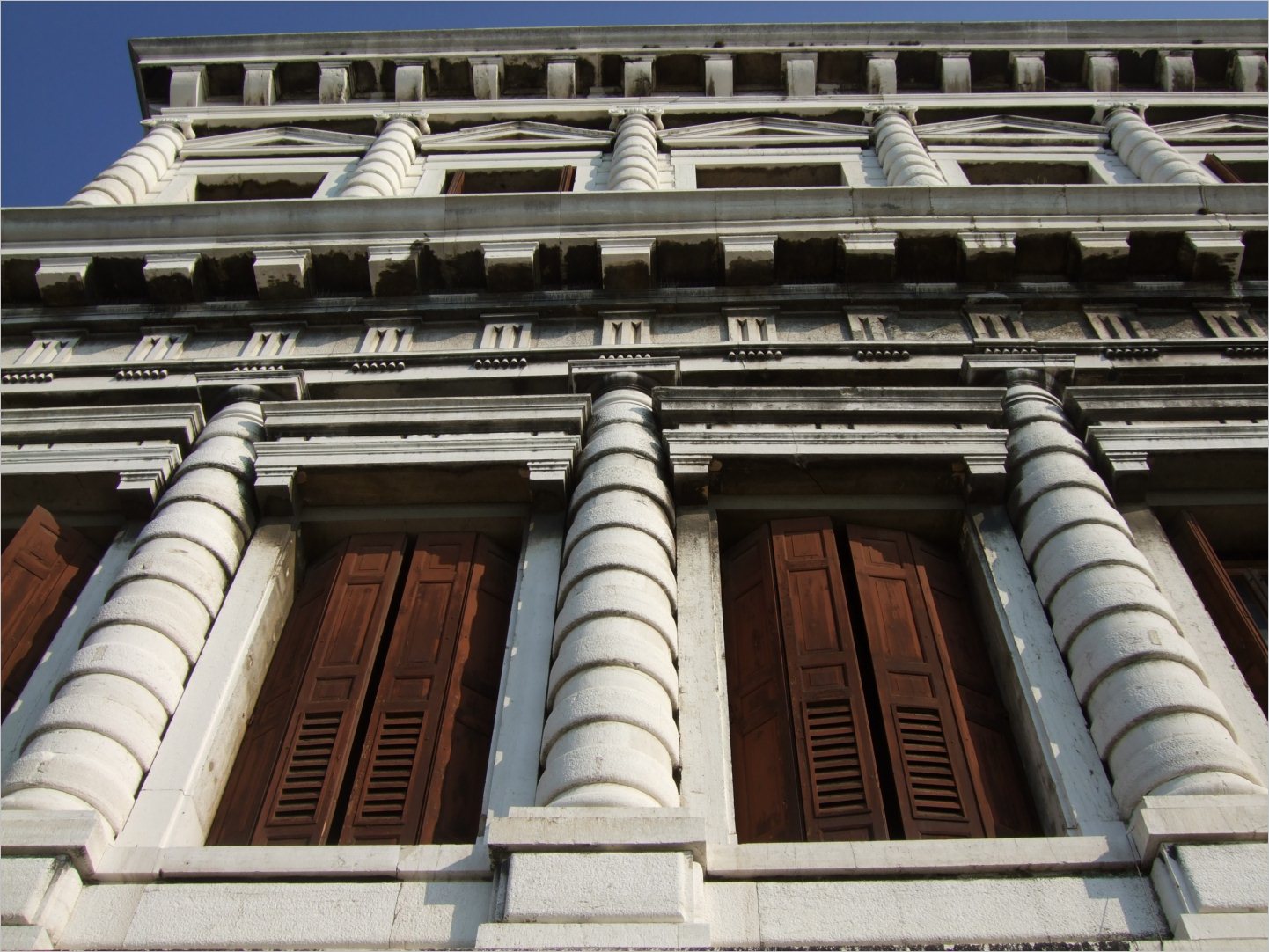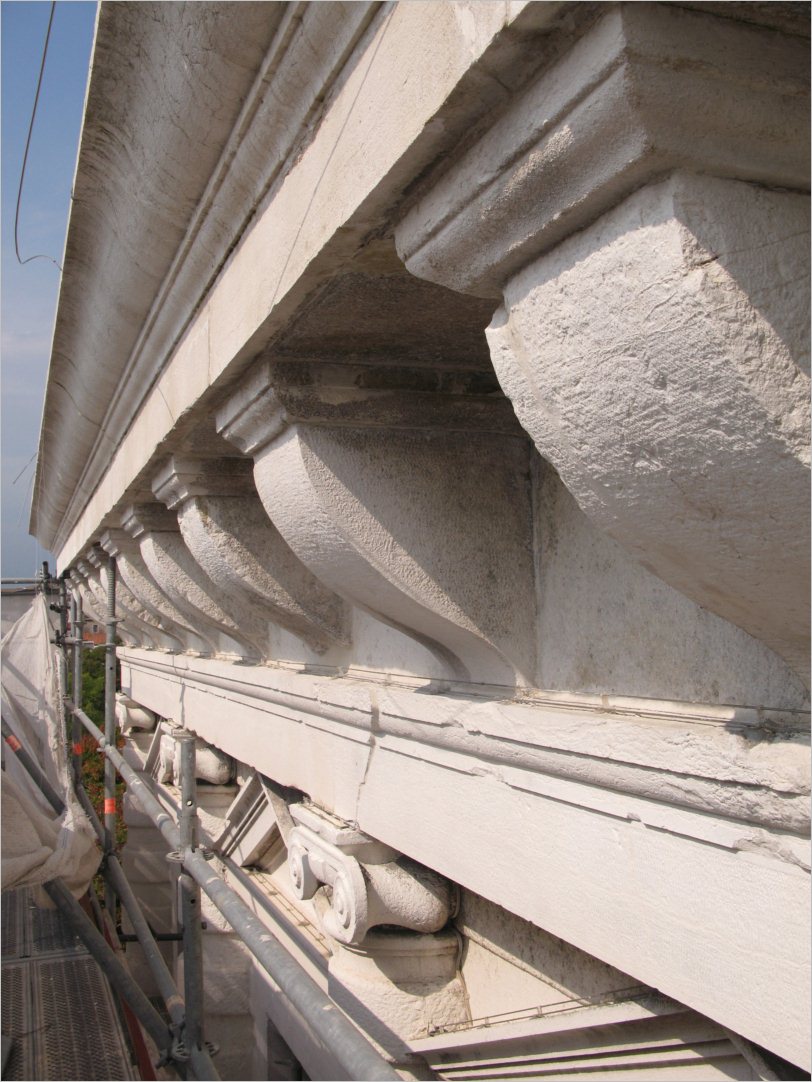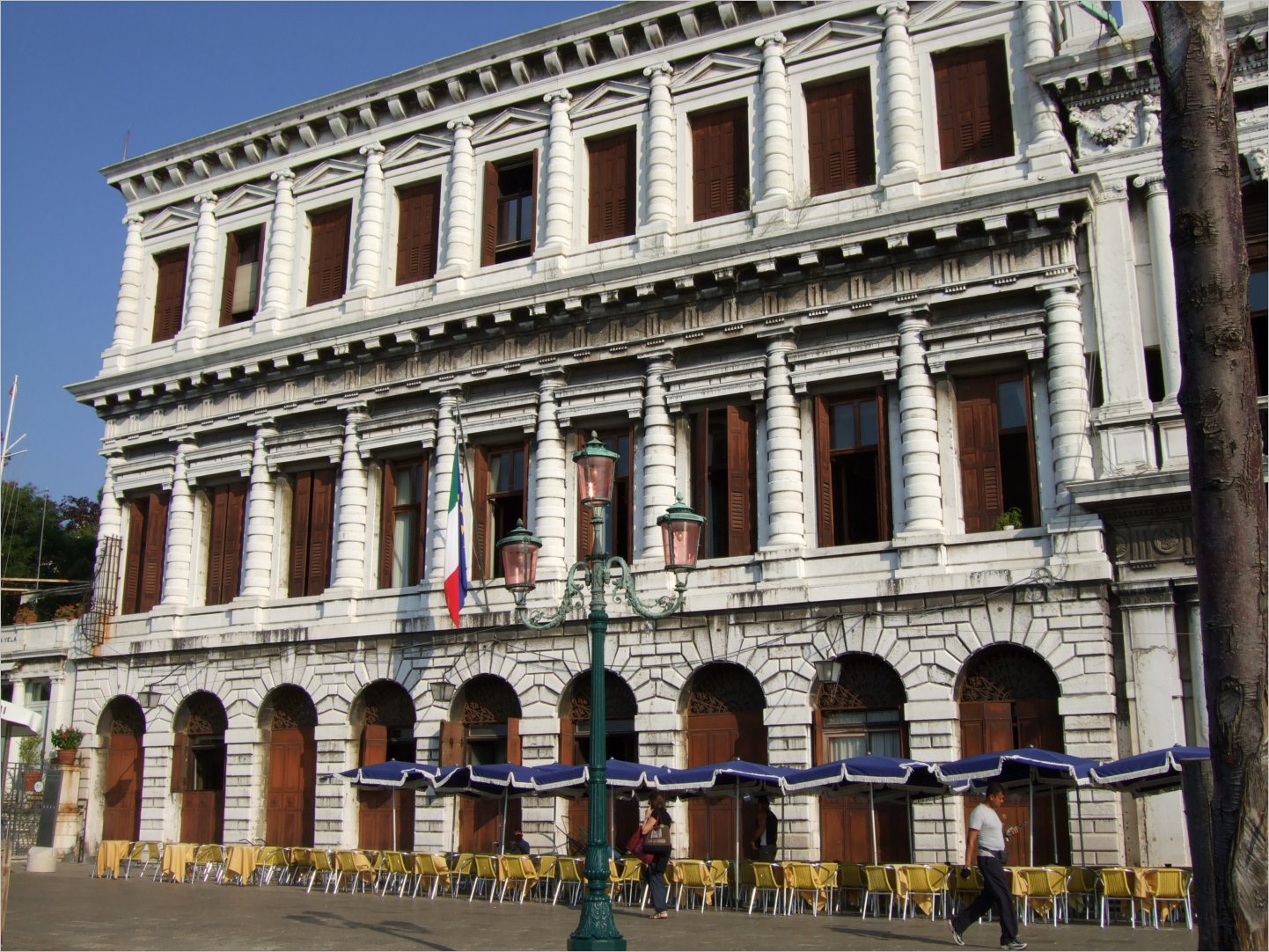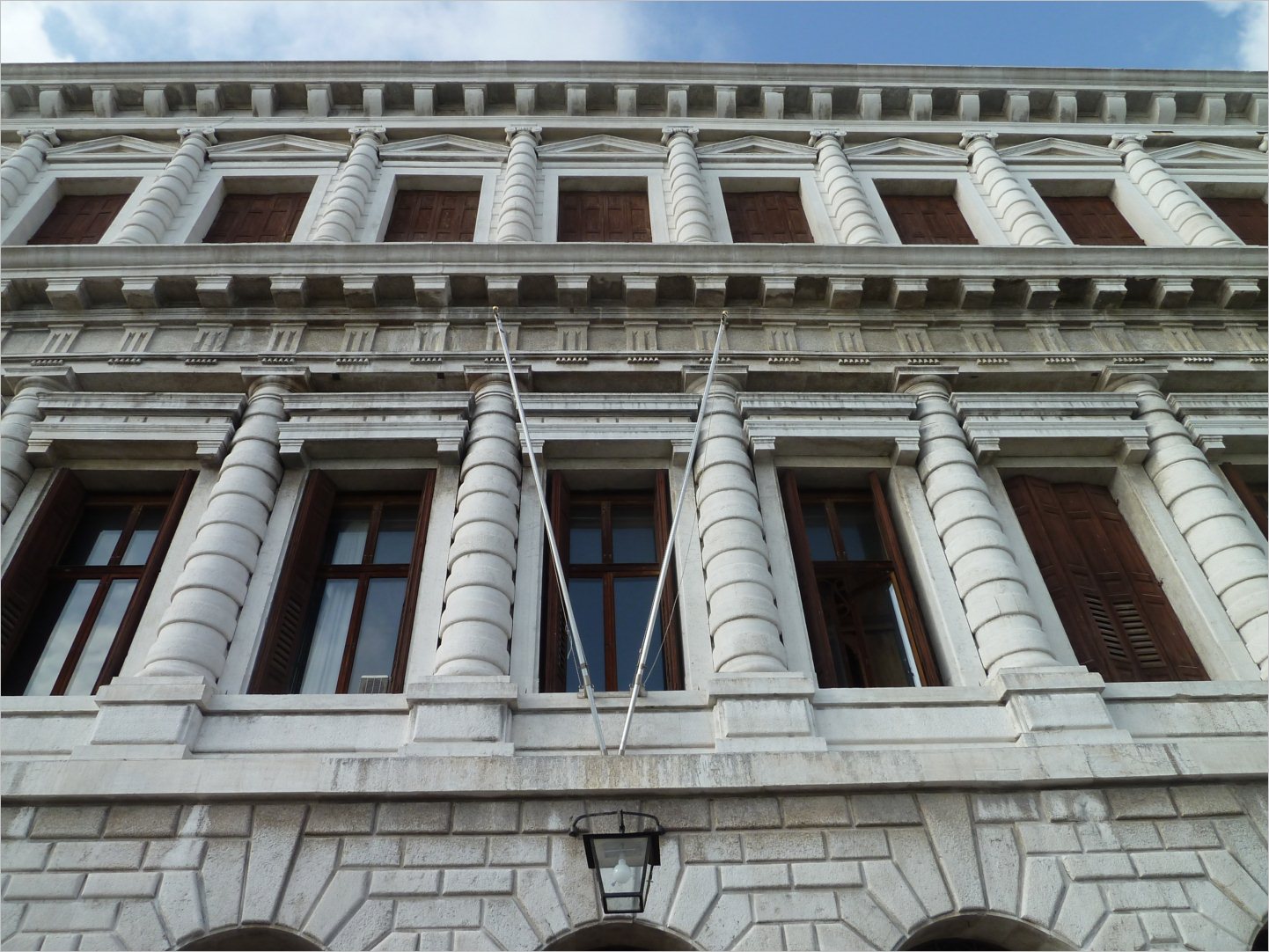Restoration – Zecca Palace, Veniceinfo@pasnet.it2023-09-27T21:05:45+02:00
Historical note
Zecca was the place where the Venetian Republic coins were mint, there was the Venetian State treasure and private deposit since the middle of XIII century.
During the 1532 a fire destroyed the building and for this reason was rebuilt in Istrian stone.
Jacopo Sansovino began the works in 1537 and finished the building in the 1547. Initially was built one floor only with a rustic decoration at the ground floor and Doric style for the first floor, the actual façade is due to the fact that a ionic style floor was added in the 1588.
Inside there is a courtyard where warehouse and smithy open trough 30 arches in a common space. In the centre there is a well design by Sansovino with an Apollo statue on top by Danese Cattaneo. When Scamozzi built the extension of Marciana Library Zecca Palace was connected with the portico through an entrance portal.
Since 1870 when Venice was annexed to the Italian state and the Zecca was not needed anymore, the building was converted into library with the central courtyard covered by glass becoming a readying room.
Restoration
in partnership with Gerso – Restauro opere d’arte
The intervention focused on the stone façade and the metal window frame of the building. These surface were characterized by a complex sequence of layers of different nature, some were intentional treatment like patina and overtone, layer of deposit of different type, layer of erosion like black scab with placer mining of different intensity.
The conservation aim to remove only the layers that was the alteration of materials and not compatible with the stone that could be cause of more degeneration with time, maintaining the visual material perception of the monument.
The material used for this was specifically formed in order to be compatible with the chemical structure of the existing materials, giving priority to methodology that allow the restorers to be able to be gradual, selecting and that can control the reaction step by step.
A very soft wash of the stone was the first things and then with chemical method for the deposit of crusts.
For the most delicate parts the use of cotton soaked in inorganic salt and ammonium bicarbonate was used with attention and slow process. These stone was cleaned with a deep and important operation including also structural support by stainless steel insert, covered by an aesthetical colour and protected to avoid future external corrosion.






